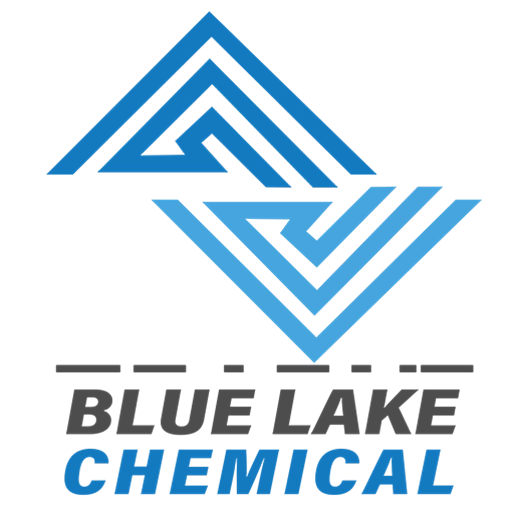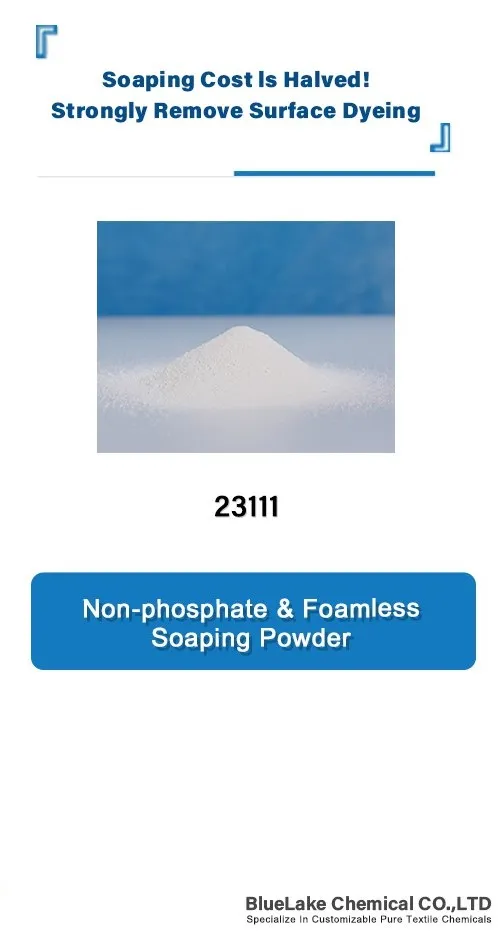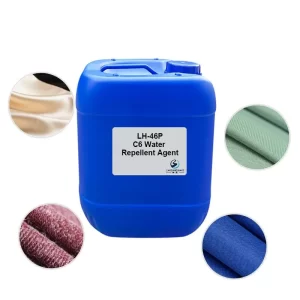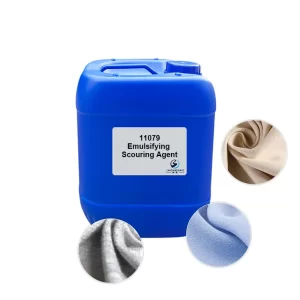In today’s textile dyeing and finishing industry, dyeing mills face multiple challenges: how to improve color fastness, control wastewater discharge, while maintaining efficient and stable production line operations. Among these, “soaping washing” as a crucial post-treatment step after dyeing is often overlooked. A truly phosphorus-free and foam-free soaping powder not only solves the floating color problem but also serves as a powerful tool for cost reduction, efficiency improvement, and environmental compliance.
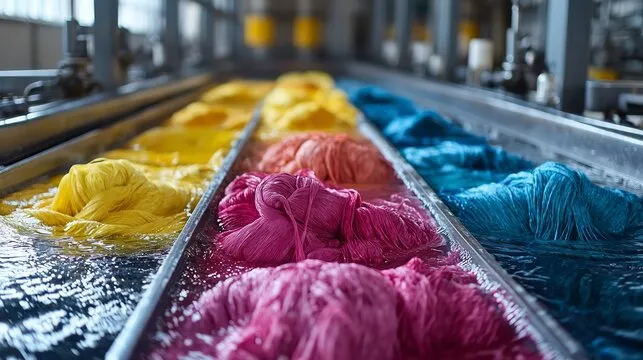
What is Soaping Powder?
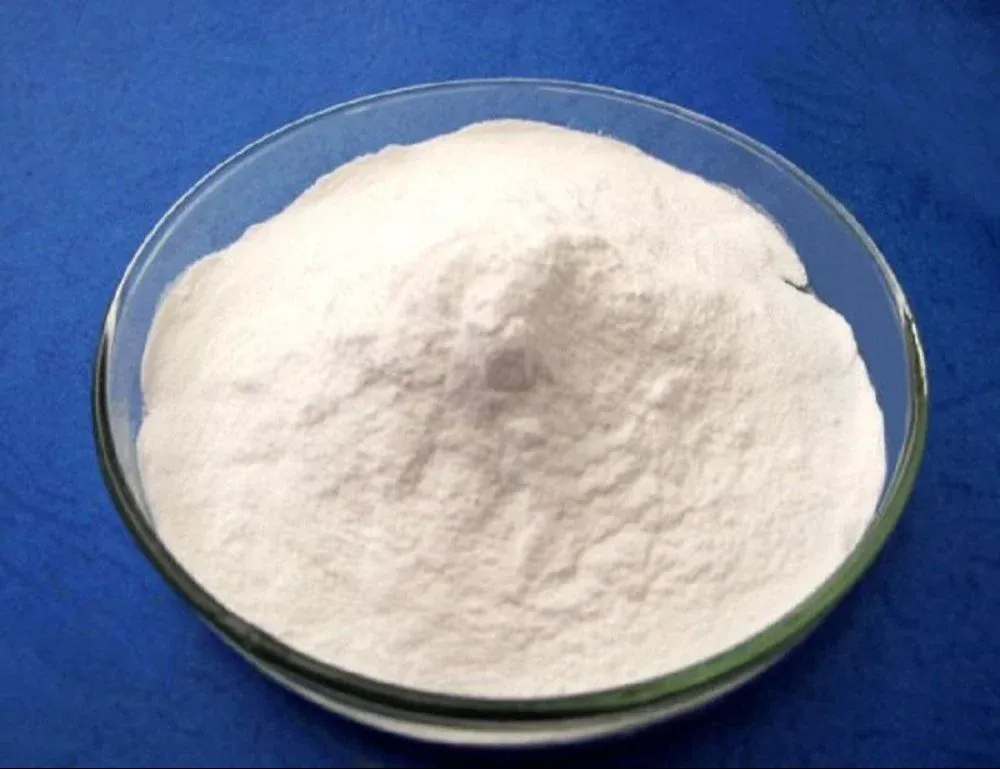
Soaping powder is a crucial dyeing auxiliary used in the post-dyeing washing process. Its main function is to remove unfixed dyes from fabric surfaces after dyeing, especially for reactive, disperse, vat, or sulfur dyes.
A high-performance soaping agent helps prevent these issues by dispersing dyes, preventing re-adhesion, and stabilizing final color effects
Why Choose Phosphorus-Free and Low-Foam Formulas?
Traditional soaping agents often have the following four problems:
| Problem | Impact |
| Phosphorus-containing components | Can cause eutrophication of water bodies, not in compliance with ZDHC or local environmental discharge standards |
| High foam volume | Overflow and incomplete rinsing in jet, overflow, and other dyeing equipment |
| Low dispersing power | Leads to fabric re-contamination and dye re-adhesion |
| Slow solubility or residues | Increases operation time and may block equipment |
Modern dyeing mills demand soaping powders that:
- Comply with ZDHC, OEKO-TEX, REACH, and other environmental standards
- Have stable low-foam performance suitable for high-speed dyeing equipment
- Reduce rinsing time and water usage to improve productivity
- Prevent dye redeposition and fabric contamination
How Can Dyeing Mills Choose an Efficient Soaping Powder?
In daily production, soaping quality directly impacts final fabric performance.
Using an inferior soaping powder may result in:
- Poor color fastness, leading to customer complaints and returns
- High-foam soap washing causes equipment abnormalities and reduced efficiency
- Dye residue is causing fabric contamination
- Non-environmentally friendly auxiliaries increase wastewater treatment pressure and costs
- High water and energy consumption
What Can a High-Performance Soaping Powder Deliver?
✔ Higher first-pass yield
✔ Improved wet and dry rub fastness
✔ Shorter process time, lower water and energy consumption
✔ Enhance color stability and brightness
✔ Ensure stable equipment operation without foaming
✔ Reduce overall dyeing and finishing costs
Key Features to Look For:
- Environmental Compliance: Phosphorus-free, APEO/NPEO-free, and free of harmful substances to meet export market requirements.
- Stable Low Foam: Minimal foaming in jet, overflow, and continuous dyeing machines to prevent process interruptions.
- Strong Dye Dispersion: Effectively disperses floating dyes to prevent re-adhesion and improve colorfastness.
- Process Robustness: Stable under high temperature and hard water conditions without crystallization or residue.
- Broad Dye Compatibility: Suitable for reactive, disperse, vat, sulfur, and other dye systems.
- Easy Handling: Quickly soluble with minimal residue and compatible with automated dosing systems to reduce labor costs.
BLUELAKECHEM’s Soaping Powder Solution
BLUELAKECHEM’s phosphorus-free and foam-free soaping powder, developed for modern terminal dyeing mill processes, has the following advantages:
- Suitable for jet, overflow, and continuous dyeing processes
- Rapidly disperse floating colors to improve color fastness
- Phosphorus-free, APEO-free, and NPEO-free, environmentally compliant
- Supports automatic dosing systems to enhance production line automation
- Can provide customized solutions based on different dyeing mill water quality and processes
Recommended Application Processes
BLUELAKECHEM soaping powder performs excellently in various textile dyeing processes, including:
- Post-treatment soap washing of reactive dyes on cotton, viscose, and other fibers
- Soap washing section after dispersing dyeing of polyester
- Color fixing treatment for vat and sulfur dyes
- Continuous padding and high-temperature closed equipment systems
- Dyeing and finishing workshops with water reuse systems
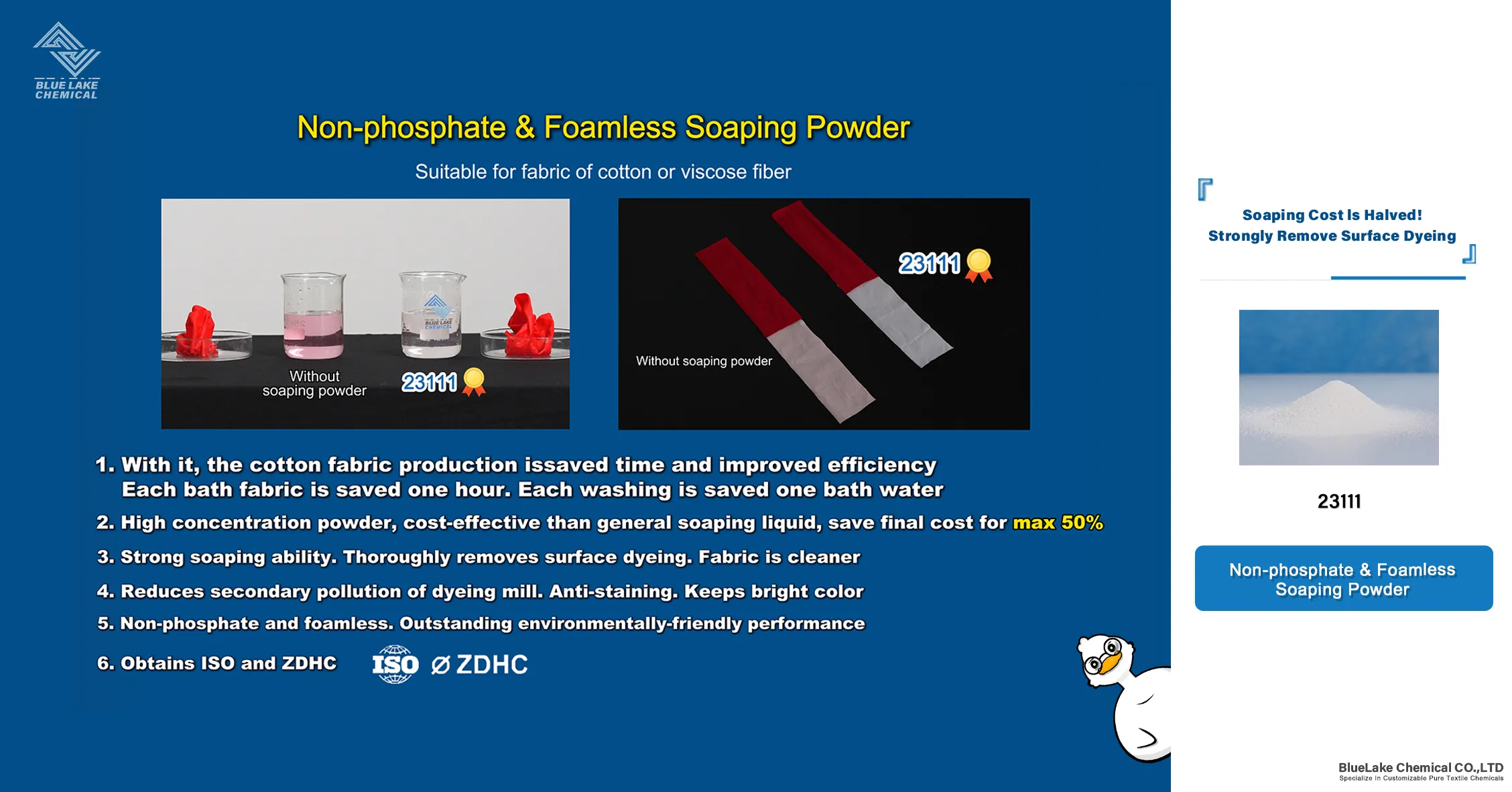
Feel free to contact us to obtain free samples for testing or technical support recommendations.
